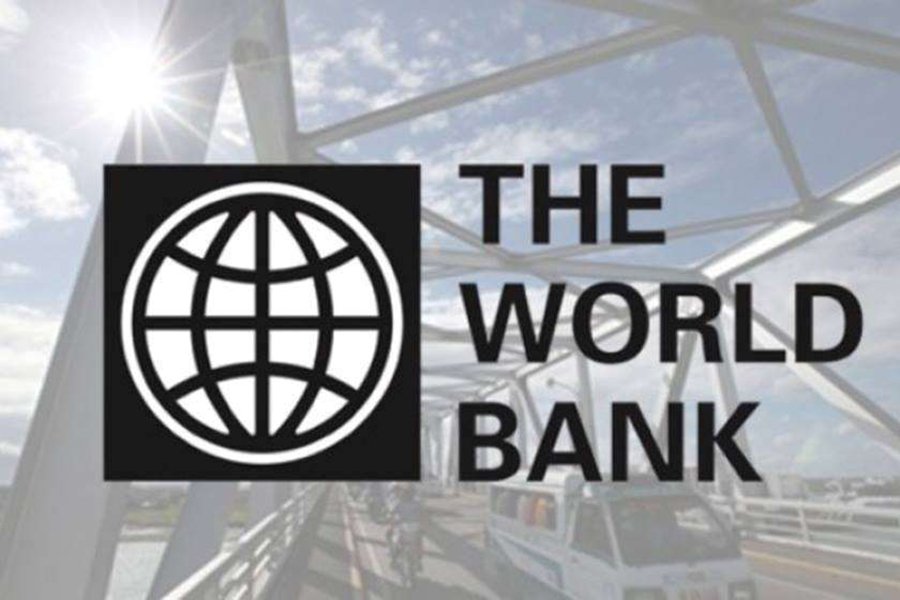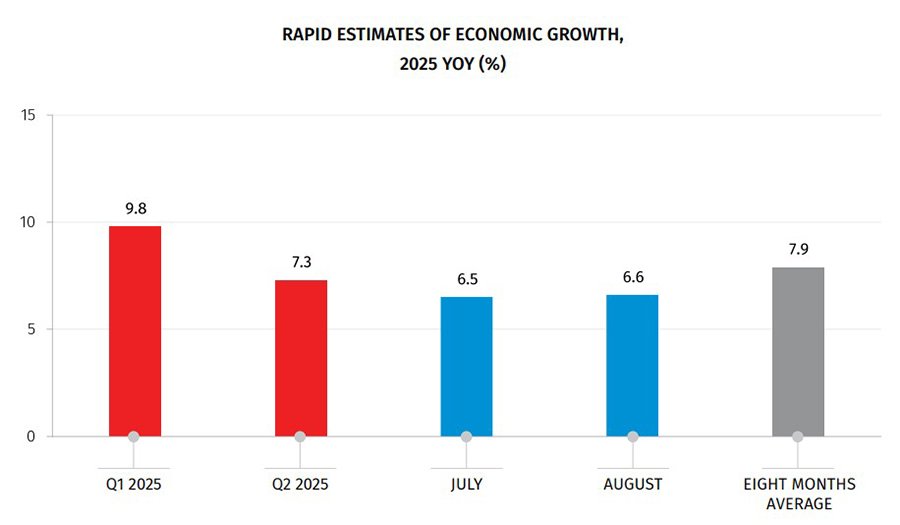читайте также
 Spain’s Real Estate: Record Prices and Falling Yields
Spain’s Real Estate: Record Prices and Falling Yields
 Fuel crisis at Seattle Airport: the Olympic Pipeline outage has disrupted supplies
Fuel crisis at Seattle Airport: the Olympic Pipeline outage has disrupted supplies
 European Hotel Construction Market Breaks Records: Upper Upscale Segment Reaches New Heights
European Hotel Construction Market Breaks Records: Upper Upscale Segment Reaches New Heights
 Middle East Hotel Construction Pipeline Hits Record High: 659 Projects and 163,816 Rooms Under Development
Middle East Hotel Construction Pipeline Hits Record High: 659 Projects and 163,816 Rooms Under Development
 New Rules for Greece’s Golden Visa: What Changes for Investors
New Rules for Greece’s Golden Visa: What Changes for Investors
 Holiday Travel 2025: Less Spending, More Generational Shifts — Deloitte’s New Forecast
Holiday Travel 2025: Less Spending, More Generational Shifts — Deloitte’s New Forecast

Photo: Imedi
The World Bank has revised its 2025 economic growth forecast for Georgia upward to 7%, an increase of 1.5 percentage points from the previous estimate. The update cites stronger-than-expected results this year and the region’s resilience amid global challenges.
The report also projects 5.5% growth for Georgia in 2026, 0.5 pp above the prior forecast. At the same time, it points to a slowdown across the broader Europe and Central Asia region, even as the macro-region remains broadly resilient. Neighboring country outlooks are mixed: Armenia up to 5.2% (+1.2 pp), Turkey to 3.5% (+0.4 pp), while Azerbaijan is cut to 1.9% (–0.7 pp) and Russia to 0.9% (–0.5 pp).
The World Bank’s update aligns with other institutions. The IMF reported 7.2% growth for Georgia in July. The ADB has raised its outlook to 7%. According to the ADB, growth is driven by the technology sector, resilient consumption, and business activity. Car re-exports are also contributing significant foreign-currency inflows. In H1 2025, exports rose 13.7%, imports 12.4%, and vehicle shipments abroad increased by nearly one-third.
Growth could moderate due to the 25% U.S. tariff on cars introduced in April, but analysts say expanding tourism, logistics, and IT services should keep the overall trend positive. Travel industry revenues grew 3.8%, sustaining momentum after a record 2024. Services exports rose 10.2%, underscoring Georgia’s role as a trans-Caspian trade and logistics corridor.
Inflation, the ADB projects, will remain stable at 4% in 2025 and 3% in 2026, supported by lower global fuel prices, a stronger lari, and prudent fiscal policy. In H1 2025, the lari appreciated 3.5% amid a softer U.S. dollar; the budget deficit stayed within 3% of GDP; and public debt stood at 35% of GDP.
Leslie Berman Lam, ADB Country Director for Georgia, notes that steady growth signals positive prospects. Georgia can further strengthen its position by leveraging its strategic location and transport infrastructure to attract more trade and transit flows, while continuing structural reforms.
The ADB recalls that since 2007 it has provided $5 billion to Georgia in loans, grants, and technical assistance. The current five-year partnership strategy aims to turn the country into a green, inclusive regional transport hub, expand infrastructure, crowd in private investment, and bolster resilience to climate and financial shocks.
According to Geostat, Georgia’s statistics office, real GDP growth in August reached 6.6% year-on-year. The January–August average hit 7.9%, confirming a steady acceleration in business activity.

Key growth drivers included information and communication technologies, financial & insurance activities, professional, scientific & technical services, energy, and trade. Construction and manufacturing posted declines. Over the first eight months of 2025, Georgia’s external trade rose 8.8% to $16.25 billion: exports up 6.7% to $4.45 billion, imports up 9.7% to $11.8 billion.
Turnover among VAT payers, a proxy Geostat uses for rapid estimates, increased 9% year-on-year, further confirming stronger private-sector activity. Georgian authorities believe the full-year results will again exceed international forecasts thanks to broad-based expansion and the economy’s adaptability to external risks.





